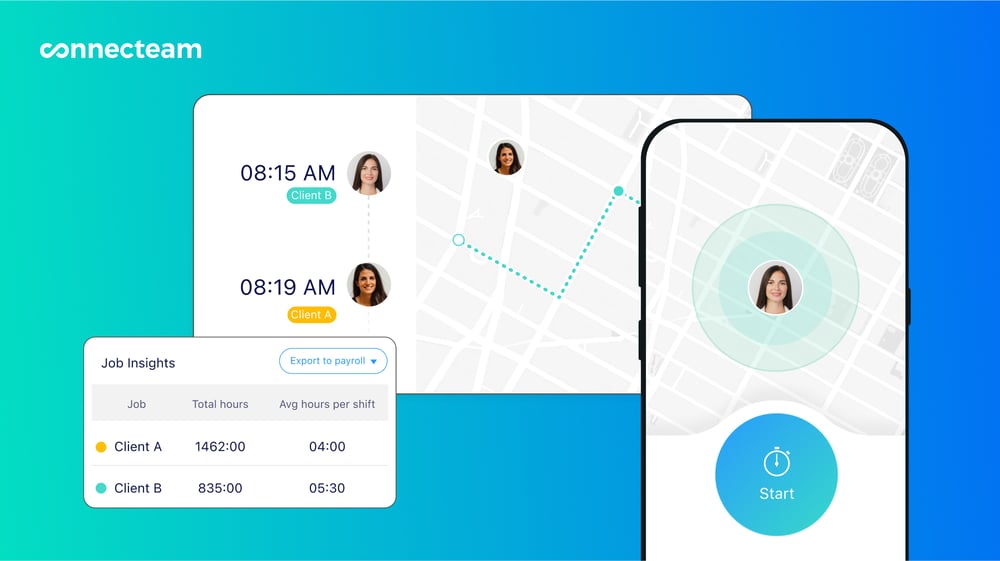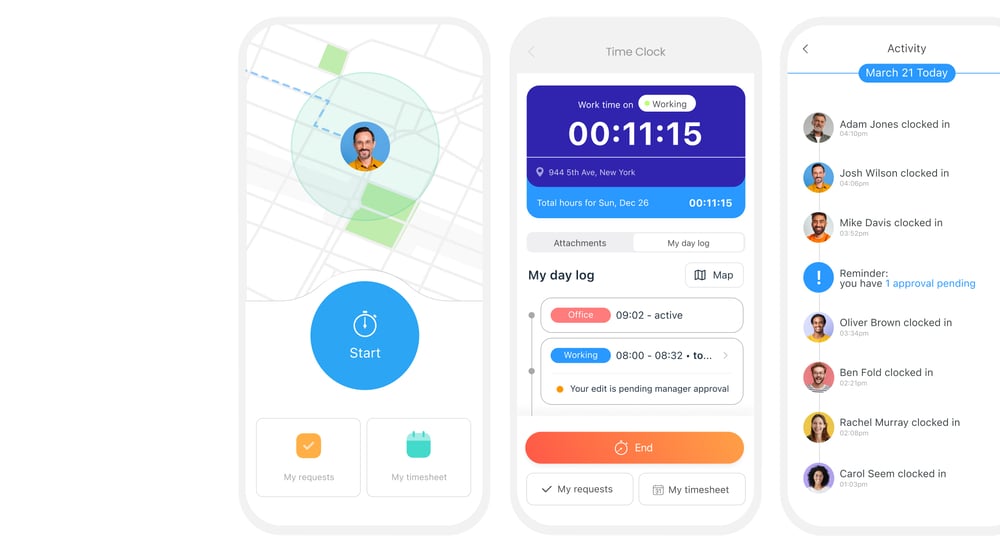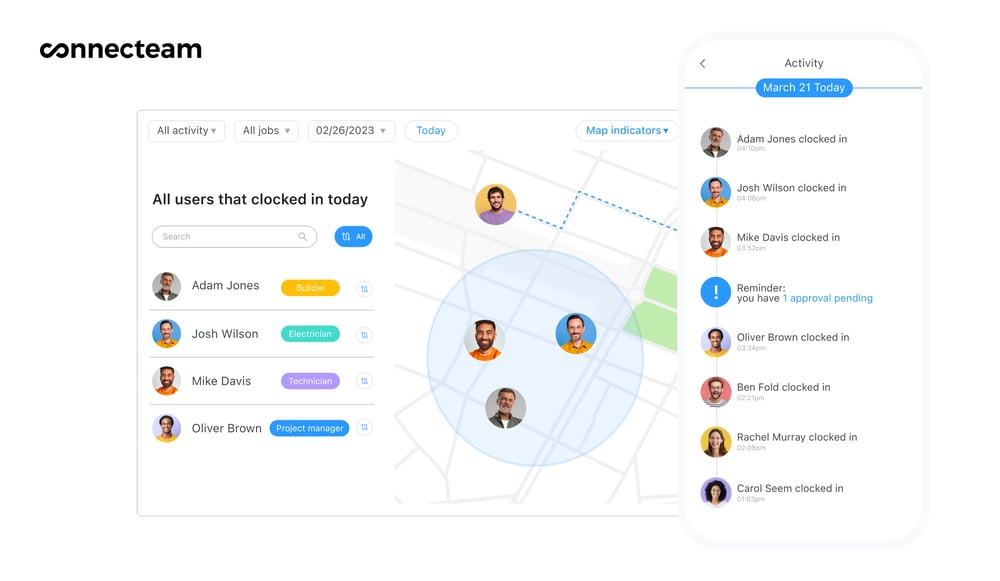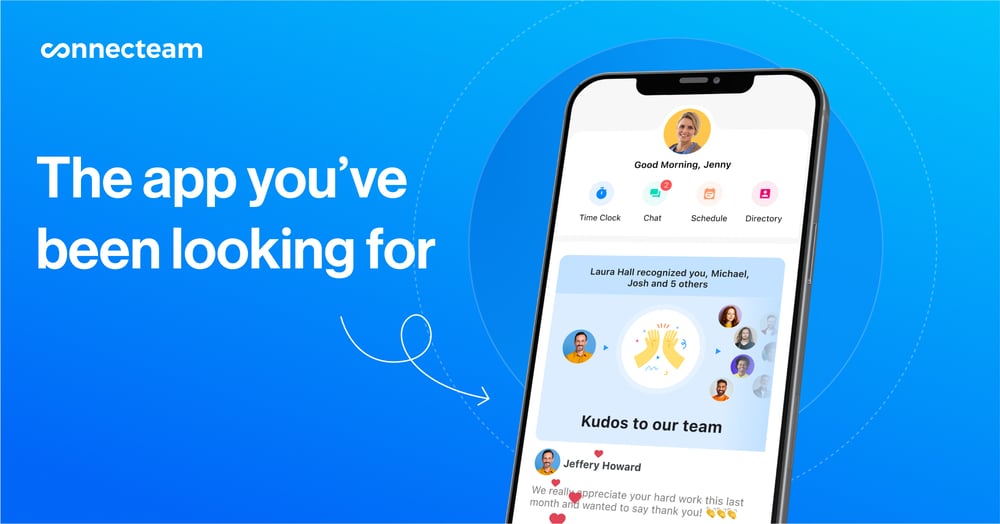Reducing labor costs is important for staying financially sustainable long-term. But doing it carelessly can negatively impact your workers’ satisfaction and even your business’s reputation. In this article, I share 6 effective strategies to reduce labor costs without hurting your workforce or the quality of your products or services.
Reducing labor costs is often challenging, as these costs are tied to employees’ pay, benefits, and operational needs.
Striking the balance between cost efficiency and workforce satisfaction is vital—but it isn’t always simple.
Many employee cost-reduction strategies can lead to unhappy workers and lower-quality products or services, which can harm your bottom line.
So, what’s the solution? While making smart choices that don’t hurt your workers or the quality of what they offer is a tricky balancing act, it is possible. You just need to follow the right strategies.
In this article, I share 6 effective strategies that can help you reduce labor costs without compromising your team or business.
Key Takeaways
- Labor costs refer to what a company spends on paying its employees, including their salaries and benefits.
- Different types of labor costs include direct, indirect, fixed, variable, tangible, and intangible costs.
- Labor costs increase for several reasons, such as time theft, overtime, turnover, low productivity, lack of cross-trained staff, and reliance on manual processes.
- Strategies to lower labor costs include using time tracking tools, managing overtime strategically, using geofencing and biometric identification technology, prioritizing retention, increasing productivity, cross-training employees, and automating employee management.
- Employee management software like Connecteam can help you reduce labor costs and manage your workforce effectively.
What Are Labor Costs?
Labor costs are expenses associated with compensating employees. They represent the total amount an employer spends on an employee—not just the employee’s wages or salary. This includes benefits, payroll taxes, bonuses and commissions, overtime pay, and training costs.
Here’s a breakdown of the types of labor costs:
Direct vs. indirect labor costs
Direct costs cover the money you spend on employees directly involved in producing goods or performing services. For instance, wages paid to a factory worker in a manufacturing plant are direct costs.
Indirect labor costs are what you spend on employees who aren’t directly involved in the production process but support those who are—for instance, maintenance staff, administrative staff like HR and finance, and quality control personnel.
Fixed vs. variable labor costs
Fixed labor costs don’t change with the production volume or output level. They remain constant regardless of the business’s activity level. For example, permanent staff salaries and certain benefits, such as health insurance premiums, remain fixed no matter how many hours employees work.
On the other hand, variable labor costs change based on the level of output, production, or activity of the business. Examples of these costs include hourly wages, overtime pay, and commissions.
Tangible vs. intangible labor costs
Tangible costs are easy to observe and measure. They typically show up directly on financial statements and payroll. Employee wages and the cost of materials are examples of these costs.
Conversely, intangible costs are more difficult to measure. Examples include:
- Absenteeism: Costs related to unplanned employee absences.
- Productivity losses: Costs arising from employees not working efficiently.
- Turnover costs: Expenses associated with hiring, training, and onboarding new employees to replace workers who’ve left the company.
How To Reduce Labor Costs: 6 Actionable Tips
Here are some practical ways to reduce labor costs.
Eliminate time theft with geofencing and biometric verification
Time theft refers to employees misusing company time, such as working unproductively or misrepresenting their work hours. It involves various unethical practices, including buddy punching, where one employee clocks in or out for another to falsely represent start and end times.
When time theft happens, you compensate this employee for time they haven’t actually worked. This stolen time can cost you up to $1,560 per employee each year.
Reducing time theft is a great way to cut down labor costs, and you can do this by using geofencing technology and biometric verification.

Using GPS location technology, geofencing tools let you create virtual boundaries or “fences” around a particular location, like a work site. Business owners and managers like you can use geofencing to ensure employees are in the correct places when they clock in and out—never before or after they enter or exit the geofence.
Geofences also show you when employees depart worksites early, stay in break locations for too long, and more so you can monitor potential time theft issues.
Biometric verification, on the other hand, verifies employees’ identities using technology like fingerprint scanning or facial recognition. This ensures only the workers themselves can punch in and out, effectively eliminating time theft through buddy punching.
Many apps and platforms include geofencing and biometric verification capabilities, typically built into a mobile time clock.
To choose a platform, check out our article on the best GPS time clock apps for 2026. Consider features that will benefit your team—for example, one-touch clock in and out, the ability to create unlimited geofences, and facial recognition technology.

After you’ve picked a platform, sign up for the plan that suits you and download the software. Create your geofences and set up notifications that alert you when employees enter or leave boundaries.
Then, communicate with your employees about the purpose and benefits of geofencing and biometric identification. Tell them how both technologies work and why you’re using them to reduce time theft.
Manage overtime with time tracking
While sometimes necessary, overtime can bring significant tangible and intangible labor costs.
For starters, in many states, employers must pay employees 1.5 times (or more) their regular pay for overtime hours. If left unchecked, overtime can cost you a ton of money.
Too much overtime can also lead to burnout and employee departures, increasing turnover and recruitment expenses. Moreover, mismanaged overtime in general can result in costly legal penalties.
To avoid these costs, manage overtime strategically using a time-tracking system.

These platforms offer many tools to help you keep overtime to a minimum. You can get a clear view of all the hours each employee works and generate reports on hours to identify overtime trends so you can develop solutions. For example, you might notice that certain tasks consistently require overtime. You could address this by redistributing tasks or offering resources to help workers complete the tasks more efficiently.
Many employee time tracking apps also allow you to set custom overtime rules for each employee or group of employees. For example, you could restrict early clock-ins for full-time employees or automatically clock out workers who go into unapproved overtime. Some software, like Connecteam, can even send automated alerts when an employee approaches overtime limits so you can determine the next steps.
Read Connecteam’s guide on the top overtime tracking tools for 2026 to choose one that’s right for you. Install the software, familiarize yourself with its features, and set your custom overtime rules. It’s also a good idea to develop a time tracking policy so employees know how to record their hours properly.
Before rolling out the software at your company, inform your employees, ensure they understand your reasons for managing their overtime, and consider providing training on using the app if necessary.
Prioritize retention
When employees leave your company, you must hire new staff to replace them, which can significantly increase your labor costs.
Prioritizing retention is a fantastic cost-cutting strategy, and there are several ways to do it.
Offer competitive compensation
Ensuring your pay and benefits match or exceed your competitors can help prevent employees from leaving for better compensation. It may seem counterintuitive, but offering attractive compensation is much cheaper than suffering the costs of turnover—which can reach 1.5 to 2 times the departing employee’s annual salary.
Start by researching industry reports on salaries or websites like Glassdoor that show self-reported salary details for various roles. Use this information to determine the amount you should pay employees for their roles and what benefits you should offer.
Based on your findings, consider offering raises and/or additional benefits to existing employees and better compensation packages to new hires.
This Might Interest You
Use Connecteam’s turnover cost calculator to see how much turnover impacts your business.
Give employees time to rest
Employees who have paid time off (PTO) to rest, recharge, and care for their physical and mental well-being are less likely to experience burnout. They’re also more likely to remain engaged with the company and motivated in their work. In turn, they’re less likely to quit.
Consider offering PTO to employees if you don’t already or adding a few extra PTO days to each qualifying employee’s allowance. Be sure to set a limit on PTO hours so you don’t overspend in this area.
If you’re starting from scratch, read Connecteam’s guide on creating an effective PTO policy. Then, use Connecteam’s free PTO policy template to create the perfect policy for your team.
Did You Know?
You can use a time off management app like Connecteam to manage PTO from anywhere, on any device. Employees can submit requests directly from the app, and you can track balances, create policies, and view all requests in one place.
Offer flexible working arrangements
Flexible working arrangements can reduce turnover—and its related costs—by improving employees’ work-life balance and overall satisfaction, as they’re able to work when and where it suits them.
Consider offering remote work options, flex time, compressed workweeks (fewer days per week but longer hours each day), or other types of flexible schedules to give workers more flexibility.
This Might Interest You
⭐ This Might Interest You:
Read our best strategies to reduce employee turnover.
Boost productivity
When productivity levels are low, employees spend more time accomplishing less—leading to increased labor costs per service delivered or unit of production created.
Many strategies for improving retention can boost your employees’ productivity, but other strategies can increase productivity even further. You can:
Set SMART goals
It’s easier for employees to work productively when they know what’s expected of them and what they’re working toward. Set them up for success by developing SMART goals for them—goals that are specific, measurable, achievable, relevant, and time-bound. An example of a SMART goal is “Increase monthly sales by 20% in the next quarter by using a new marketing strategy.”
Manage tasks effectively
Proper task management is key to workforce productivity, as it lets employees know what to focus on and when to complete tasks. You can use task management software like Connecteam to create and assign tasks, set due dates, add checklists and other information to help employees complete their work, and follow up with workers to ensure they stay on track and within deadlines.
Incentivize performance
Reward your top-performing team members with bonuses, an extra day of PTO, or other incentives to motivate them to put forth their best efforts. By recognizing hard work and productivity, you encourage the recipient and set a standard for the entire team, promoting a culture of excellence.

Invest in your team’s growth
Employees are more likely to work productively when they see you’re invested in their growth. This is because it shows you value their skills and potential, encouraging them to be more motivated and contribute to organizational success.
Provide opportunities for your workers to expand their skills and knowledge. For instance, offer training programs, mentorship opportunities, and workshops that align with their professional interests and your company’s needs.
You might also consider sending team members to industry events and conferences or providing a stipend for workers to take online courses to broaden their skill set.
Collect and share feedback
Regular check-ins and feedback sessions can make employees feel heard and understood, boosting their engagement and, therefore, their productivity. They also allow you to share guidance on how employees can improve their performance.
You can share feedback with workers in one-on-one calls or meetings, emails, instant messages, or formal channels like performance reviews. You can collect feedback through employee surveys and polls—either digital ones you send to employees’ mobile devices or physical ones you print, distribute, and then collect when complete.
Did You Know?
Connecteam has several powerful tools to help you increase workplace productivity. These include efficient task management features, employee rewards and recognition tools, employee training software, surveys and polls, and more.
Cross-train employees
Cross-training is an effective cost-reduction strategy where you train employees in tasks outside their primary job responsibilities. Cross-trained employees can easily fill in for absent coworkers, take on extra tasks, and contribute to the company’s goals in various capacities—all without the need to hire additional staff.
To cross-train your employees, start by figuring out which tasks and skills are essential in your business and which team members are well-suited to learn them. Conducting a training needs assessment is a good starting point. This involves employees completing self-evaluations and competency tests and you evaluating feedback from their colleagues to assess their current skills.
Then, develop a cross-training plan to equip employees with the skills to handle multiple roles. There are several methods you can pick from. A good option might be to pair up your employees so they teach each other their tasks. Organized workshops or seminars can also be incredibly useful. And don’t forget about online learning platforms—they’re flexible and let your team learn at their own pace.
Did You Know?
Connecteam is the ideal solution for workforce training. You can create fully customized courses and materials on any topic, and your employees can complete training and review materials on the go from their mobile devices. It’s perfect for cross-training employees quickly and effectively.
Automate manual tasks with employee management software
Manually handling administrative tasks, time and attendance, and performance evaluations can waste valuable time, labor, and resources. It can also lead to costly errors like incorrect payroll calculations.
You can avoid these issues by using employee management software. It can help you:
- Automate administrative tasks like payroll and scheduling
- Track time and attendance accurately
- Easily monitor employee performance
- Manage tasks and project progress from anywhere
- Streamline onboarding and training
To pick an employee management software, start by evaluating the manual processes you or your HR department use that are time-consuming and error-prone. Then, look for software with tools that can automate these processes. For instance, if you find that scheduling takes up a ton of time (which you have to pay employees for), find an app—like Connecteam—with powerful scheduling features.
Also, ensure the platform is user-friendly and integrates seamlessly with other tools or systems you currently use or want to use, like clocking-in software with geofencing.
Pro Tip
Prioritize platforms that offer all the features you need in one place. This will save you money and the hassle of using multiple apps for different purposes.
Reduce labor costs with Connecteam

Connecteam is a work management platform with all the tools you need to reduce labor costs.
It offers time and attendance tracking and overtime management features, plus an employee time clock with geofencing capabilities. There is also integrated employee training software so you can cross-skill employees, employee task management to ensure everyone works productively, surveys and polls to collect feedback, and tools to automate manual tasks like employee scheduling and timesheet creation.
Moreover, you can view custom reports on productivity and money spent on specific tasks and projects to inform which cost-cutting measures you’ll take.
Conclusion
While some labor costs are unavoidable, others can eat into your business profits. Many companies’ first move to reduce labor costs is to lay off employees or issue pay cuts, but these decisions harm employees, create a negative work environment, and damage the business’s reputation.
There are much better, more effective methods for reducing labor costs. These include eliminating time theft, managing overtime, prioritizing retention, increasing productivity, cross-training your employees, and automating employee management tasks using software.
Connecteam can help you implement all the cost-saving strategies covered in this article and more.

